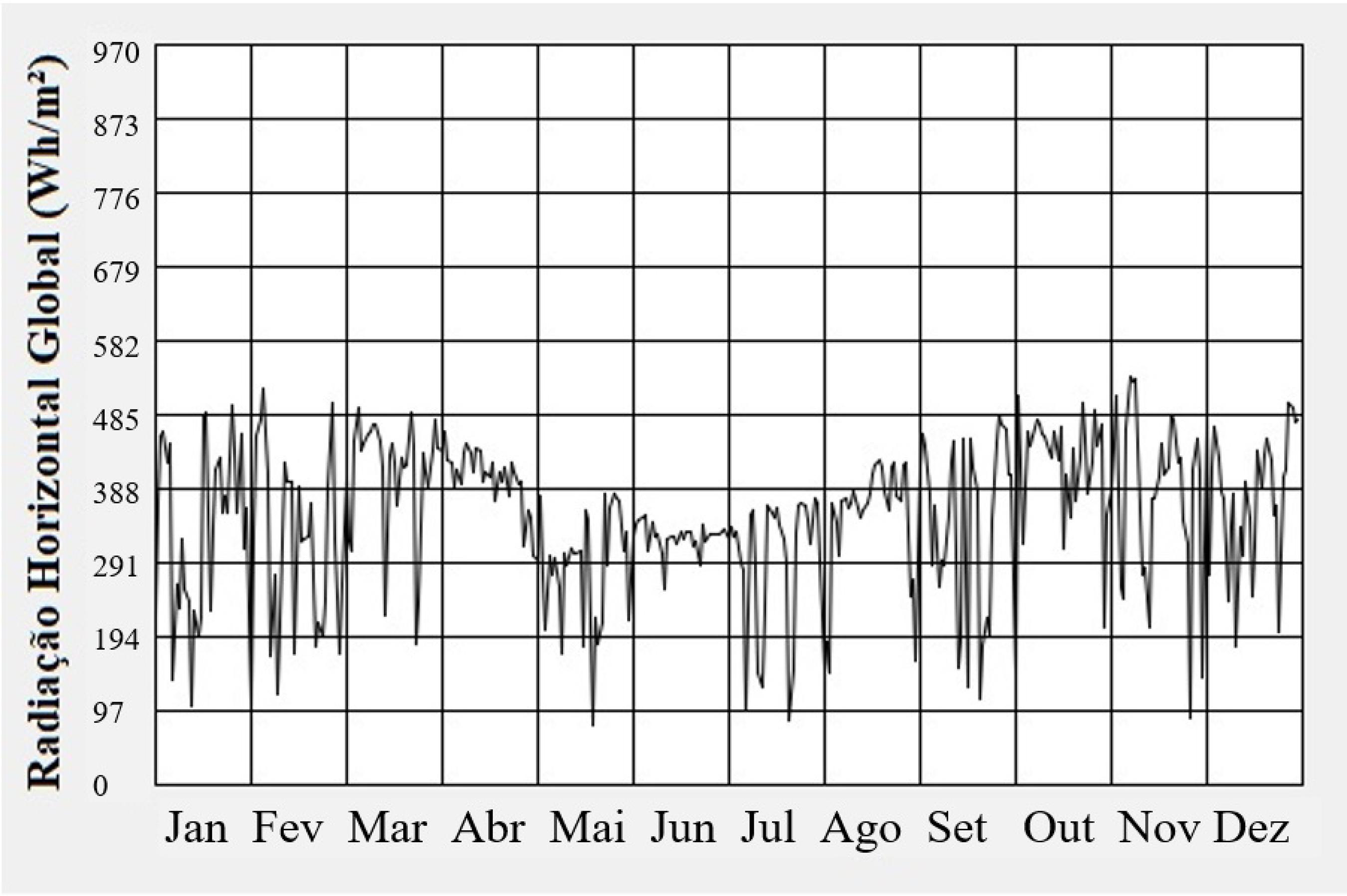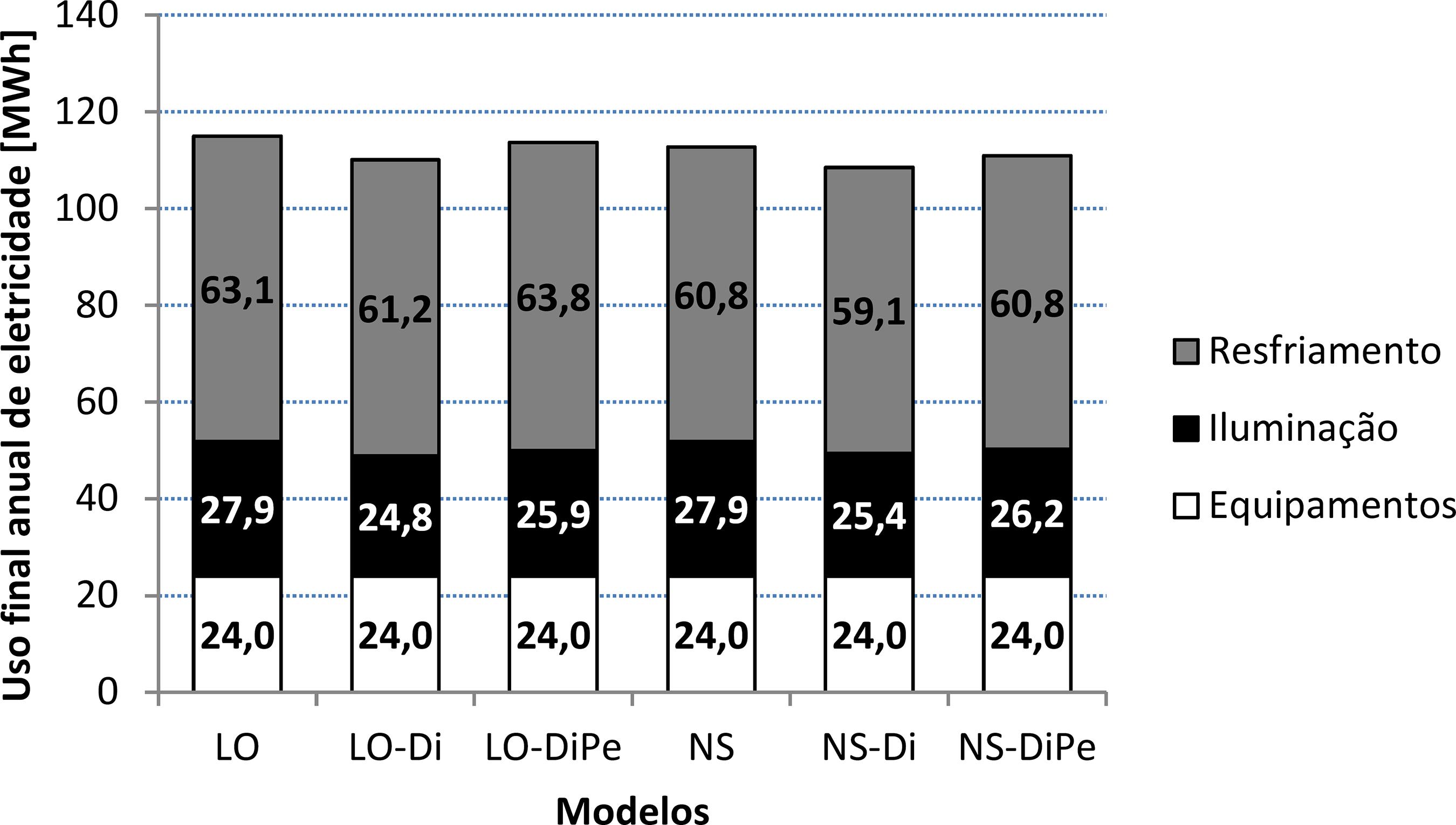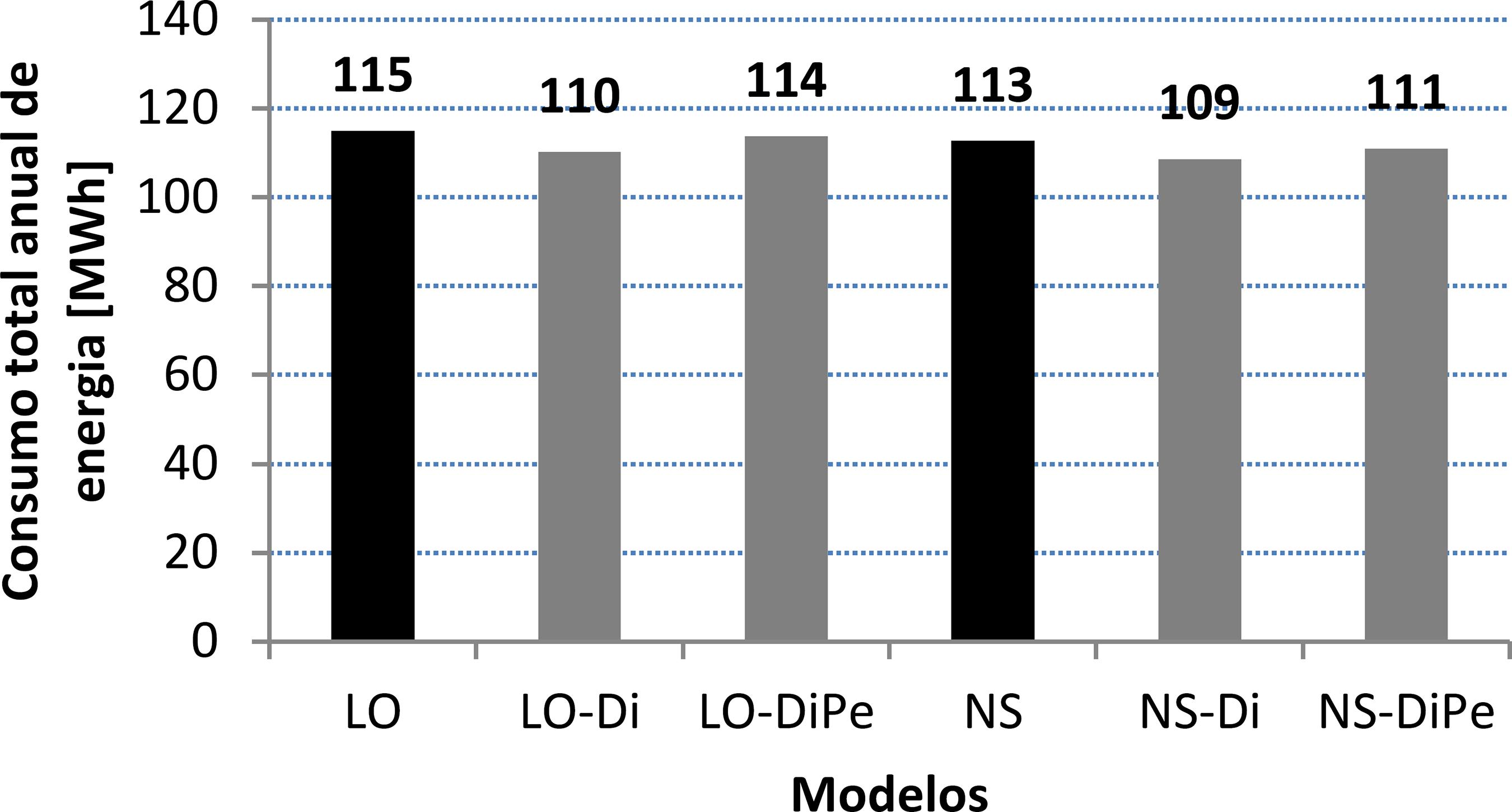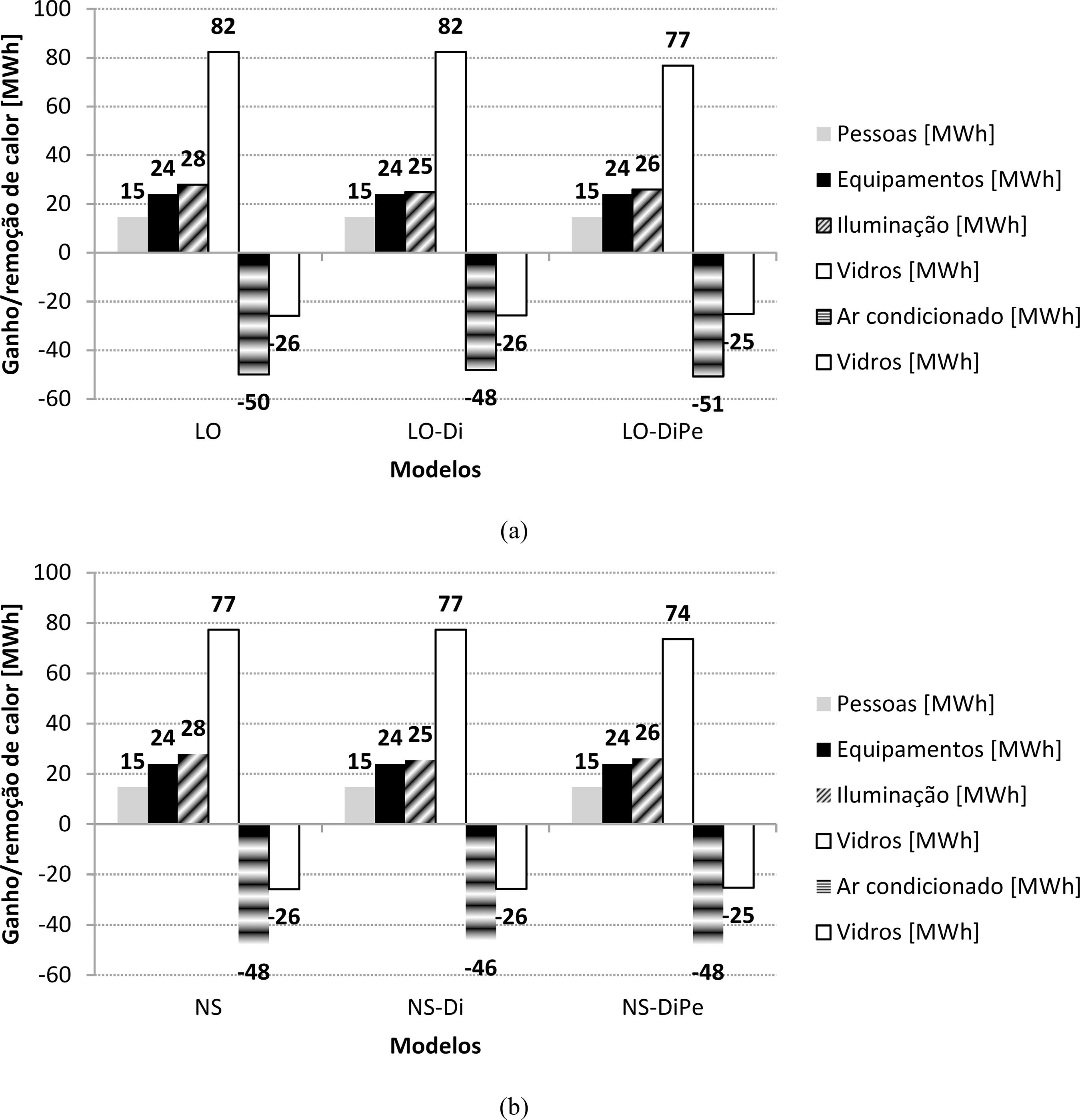Abstract
The use of daylight in buildings reduces energy consumption with artificial lighting while at the same time provides better visual quality for their occupants. However, this strategy should be applied with caution so that the drawbacks (excessive heat gain and glare) do not outweigh the benefits. This paper demonstrates the potential of energy conservation and the visual/thermal quality of lighting systems with dimmers and automated blinds. The study is based on integrated computer simulation of a commercial building in Campinas, Brazil. The programs Daysim and EnergyPlus were used to estimate: the likely occurrence of glare, the energy consumption and heat gains. Compared to a conventional lighting system active all day, these systems can save up to 4% of the total energy use, while at the same time offering better visual quality. Despite the modest contribution to energy savings, this solution shows better visual quality indoors, quantified by the useful daylight index (UDI). This study promotes a discussion on the need to evaluate the energy efficiency of systems along with environmental quality. It also highlights the importance of considering the singularity of each case with regard to the interactions between the building and the environment.
Keywords:
Daylight; Artificial lighting; Energy efficiency













